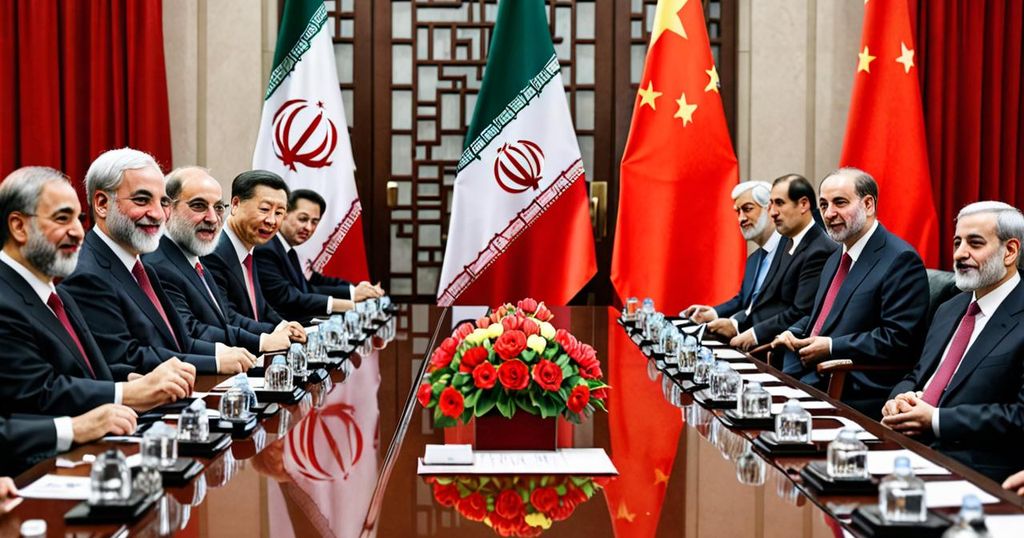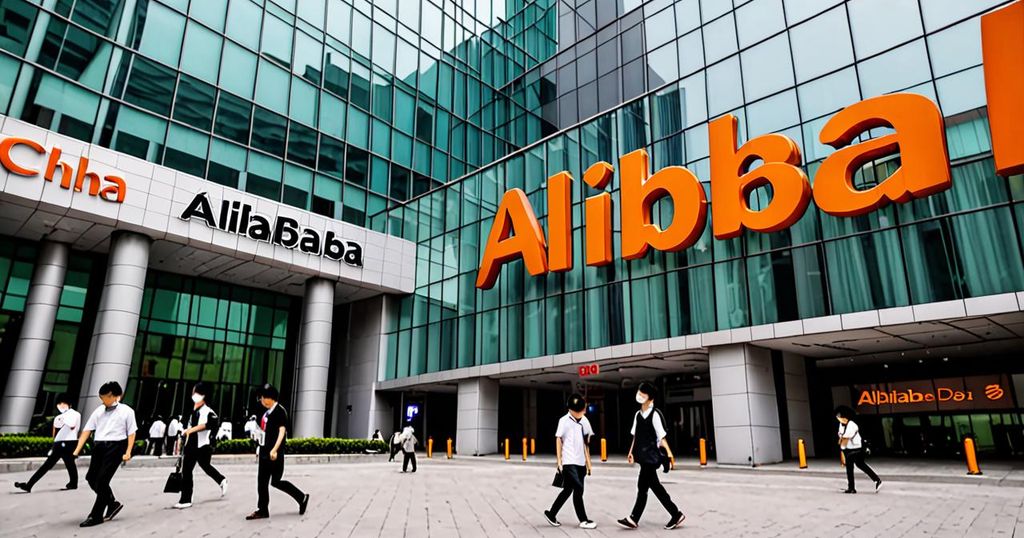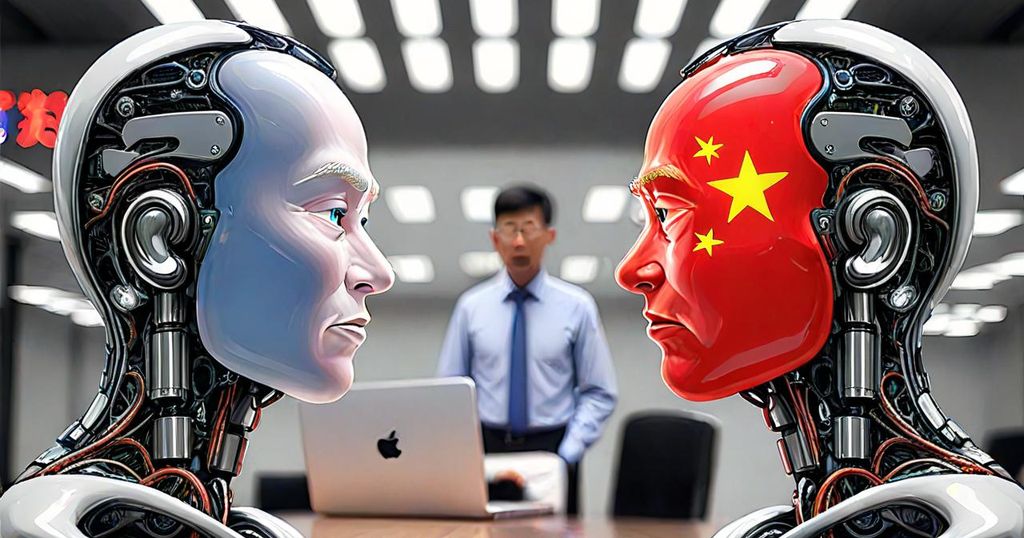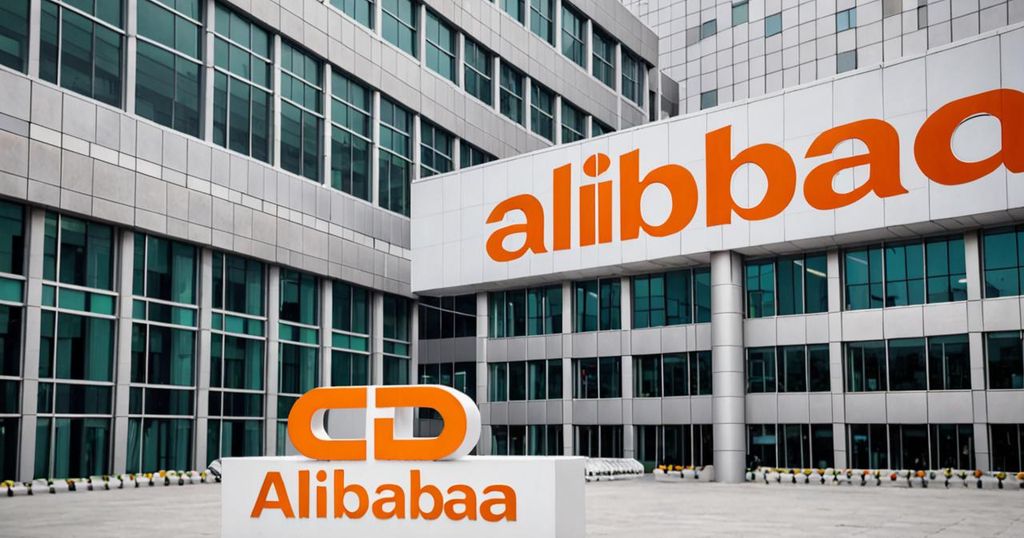The Chinese technology sector has been a dominant force in the global arena, but is currently encountering a new array of challenges that have the potential to redefine the future of the industry. The maturation of major technology companies, such as the renowned BATs (Baidu, Alibaba, and Tencent), has prompted a shift in focus towards increasing revenue and managing costs as growth rates begin to level off. This redirection is crucial, as long-term investment in research and development by less prominent companies positions them for expansion, potentially reshaping the industry landscape in the future.
A recent analysis by IMD, the China Company Transformation Indicator, thoroughly examines the performance and future prospects of 37 publicly listed technology companies in critical sectors, including the internet, smart home and city, semiconductors and electronic components, and original design manufacturers (ODMs). Despite facing challenges, the top revenue-generating companies continue to be JD.com, Alibaba, Tencent, Foxconn Industrial Internet, and Lenovo. The study also highlights the emergence of six semiconductor companies from China, signaling potential growth and impact in the future.
The analysis delves into the factors and variables that determine the fundamental resilience and future readiness of technology companies, shedding light on the dominance of internet technology firms by the ‘BATs’ and the inclusion of hard-tech companies like SMIC, Lenovo, and Hikvision in the top rankings. This indicates a shift in the sector and the growing significance of advanced technologies, business diversity, and environmental, social, and governance (ESG) principles.
Amidst these transformations, the BATs are refocusing on their core businesses while also exploring new technologies. Alibaba, for example, is strengthening its e-commerce operations and investing in generative artificial intelligence to maintain a competitive edge in the technology race. Similarly, Tencent is emphasizing revenue and cost basics while leveraging the power of WeChat to retain its influence over Chinese consumers.
Beyond the BATs, other players such as JD.com and NetEase have been making significant progress through their expansion strategies. JD.com’s focus on technology-driven solutions and supply chain capabilities, along with NetEase’s investments in research and development for real-world applications of AI and gaming technology, reflect the agility and innovation driving these companies.
However, the absence of Huawei and ByteDance from the analysis due to their private status does not diminish their significance in the industry. Huawei’s resilience in the face of US sanctions and strategic diversification into cloud computing and electric cars, along with ByteDance’s global reach, underscores their potential to shape the future of technology.
The future of the Chinese tech sector appears to lie in a combination of established players and lesser-known champions making strategic investments in innovation and transformation. The rise of deep-tech specialists and the potential of less prominent companies to become global contenders indicate a shift in the landscape that could lead to new leaders in the years to come.
In conclusion, the evolving dynamics of the Chinese tech industry present both challenges and opportunities, paving the way for a new era of innovation and competition. While the BATs navigate their transformations and new contenders rise to the forefront, the sector is positioned for significant reshaping, making it a space to watch for future developments.








